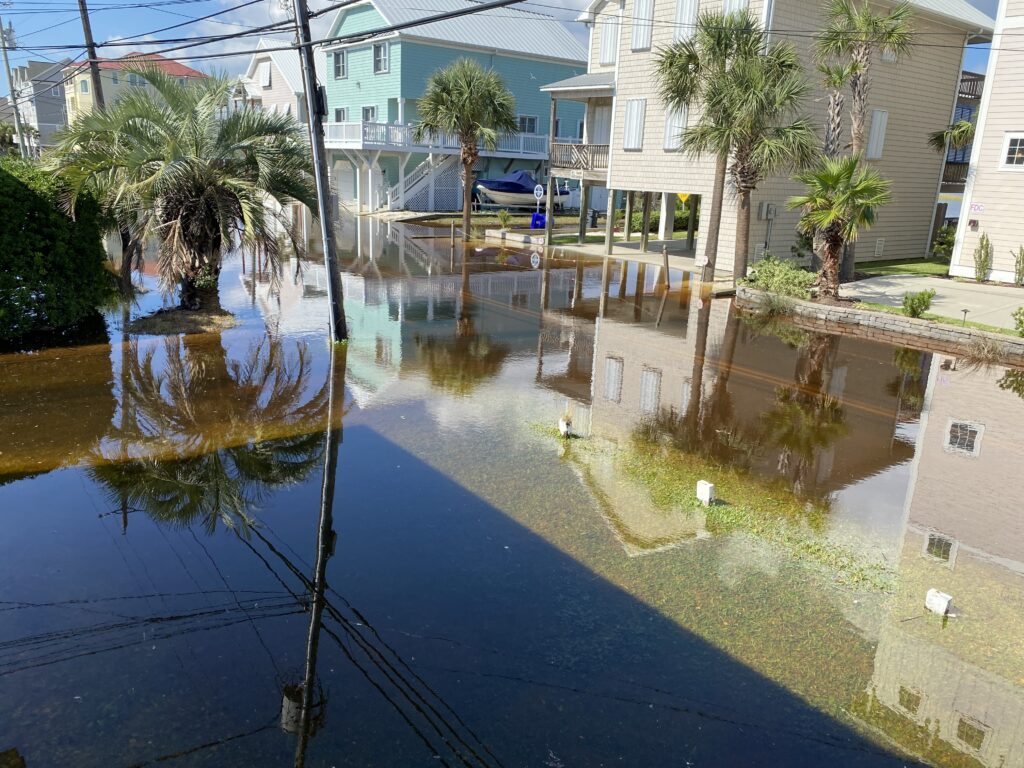Let's listen to Iron Maiden doing 'Iron Maiden' from the album 'Iron Maiden', with there original singer, Paul Di'Anno.
RIP Paul.

Let's listen to Iron Maiden doing 'Iron Maiden' from the album 'Iron Maiden', with there original singer, Paul Di'Anno.
RIP Paul.
Saw Hillary Clinton and author John Grisham speak last night. She's doing a book tour, presented as a discussion. So, Grisham asked questions - mostly about the book - and she gave answers, mostly from the book.
It was ... bracing. She told some good stories about her time as Sec State and about some interesting things she's done since (ex. getting women out of Afghanistan). But because we're so close to the election, a lot of what she talked about was the dangers of Trump. Not that the audience of mostly middle-aged women who paid to see Hillary Clinton were likely to disagree, but she did hammer the point home with everything she had.
Grisham was a gentle and supportive interviewer. He's apparently a family friend of the Clinton family, so it was a friendly chat.
I don't go to political rallies, and this wasn't one - not exactly. But, I do see the appeal now. The energy of thousands of like-minded people who are invested enough to pay to be preached to. Yeah, that's pretty invigorating.
No encore. And she didn't play any songs off her first album.
In other languages: https://en.wikipedia.org/wiki/Greek_to_me
In Greek, the phrase is "This strikes me as Chinese".

When your internet is provided via the cellular network, your router has its own phone number. So it can receive text spam!

There's no way to reply, or to block it.
Superintendent Ryan Walters isn’t just talking about buying Bibles for schools.
Bids opened Monday for a contract to supply the state Department of Education with 55,000 Bibles. According to the bid documents, vendors must meet certain specifications: Bibles must be the King James Version; must contain the Old and New Testaments; must include copies of the Pledge of Allegiance, Declaration of Independence, U.S. Constitution and the Bill of Rights; and must be bound in leather or leather-like material.
A salesperson at Mardel Christian & Education searched, and though they carry 2,900 Bibles, none fit the parameters.
But one Bible fits perfectly: Lee Greenwood’s God Bless the U.S.A. Bible, endorsed by former President Donald Trump and commonly referred to as the Trump Bible. They cost $60 each online, with Trump receiving fees for his endorsement.
Beat is a band put together by Adrian Belew to play songs from the three classic 80s King Crimson records: Three Of A Perfect Pair, Beat and Discipline. The band is Adrian Belew, fellow KC alum Tony Levin, along with Steve Vai and drummer Danny Carey (from Tool). Quite a bit of firepower there. It was conceived pre-COVID, but had to wait until this year to get going. And now it's touring.

Playing 'Waiting Man'. Carey is playing a set of melodically-tuned drums for this.
Carey handled original KC drummer Bill Bruford's parts nicely. Dude's got power and technique to spare. Was fun watching him using 80s electronic drum pad triggers to make all those wacky percussive sounds.

Belew and Vai.
Vai had the unenviable job of playing Robert Fripp's parts. And he managed to do it! Yes, he's the great Steve Vai, but Fripp has a unique and formidable technique. Few even try. Vai did adapt some things to fit his own style - ex. using tapping where Fripp would pick. But it sounded great regardless.

"Red". The only song not from the classic 80s lineup.
The great Tony Levin was, unfortunately, out of sight for us. I bought box seats because they're fun. They don't cost any more, but they do, usually, offer great views. So I grab them when they're available. Unfortunately Levin was standing right below us, and didn't move around, so I could only see him if I stood up and leaned over.
They played almost everything I would have picked as a perfect set list from that era, and included many things I wouldn't have picked but were nonetheless fun to see and hear.
Loud as hell.
I guess it's called Canal Street for a reason.

Posts from the dataisbeautiful
community on Reddit
This year, "Gangs from Venezuela" is playing the role that previous stars "MS-13", "Reconquista", "Caravan", "Calves like cantaloupes" and "Sanctuary Cities" have played so memorably in the past.